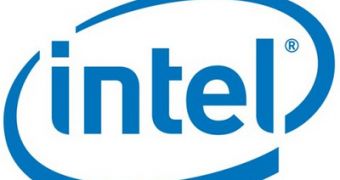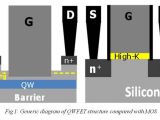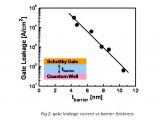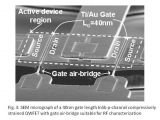Intel has reaffirmed its position as a computing innovator with its new research milestone that will allow for the creation of next-generation transistors. So far, transistors based on silicon were subject to large gate leakage because the Schottky gate did not feature any type of gate dielectric. Intel has experimented with reducing the gate leakage by building its QWFET transistors with their silicon channel replaced by compound semiconductor materials, such as indium gallium arsenide (InGaAs).
“First as a reminder, unlike silicon, a compound semiconductor is made up of two or more elements, indium, gallium and arsenic for example (InGaAs). Using two or more elements means more opportunity to tune the materials for performance or optical properties but also makes the challenge of fabricating wafers and processing much more complicated.” Mike Mayberry said in an Intel blog post.
The new QWFET (quantum well field effect transistors) have been tested and have been shown to be capable of reducing gate leakage by 1,000 times and the electrical oxide thickness by 33%. This innovation achieved Intel's goal of an increased transistor switching speed, allowing for better chip performance. The prototype was built upon a silicon wafer substrate, indicating that Intel was interested in process synergy with the existing infrastructure in its quest to creating cost-efficient methods of manufacturing the new type of transistors.
“Today, compound semiconductors are used in smaller scale applications where their special properties outweigh the added costs. Our goal is to take advantage of the vastly larger spending on silicon infrastructure and put it to use fabricating compound semiconductor devices,” Mayberry stated.
Intel may have successfully integrated high-k dielectrics on N-channel but, even though the performance was good, the technology is still far from being used in mundane applications, as the devices are quite oversized. Nevertheless, Intel has made progress and, even though it won't exactly be soon, the actual implementation of the technology may occur sometime during the next decade.

 14 DAY TRIAL //
14 DAY TRIAL // 


